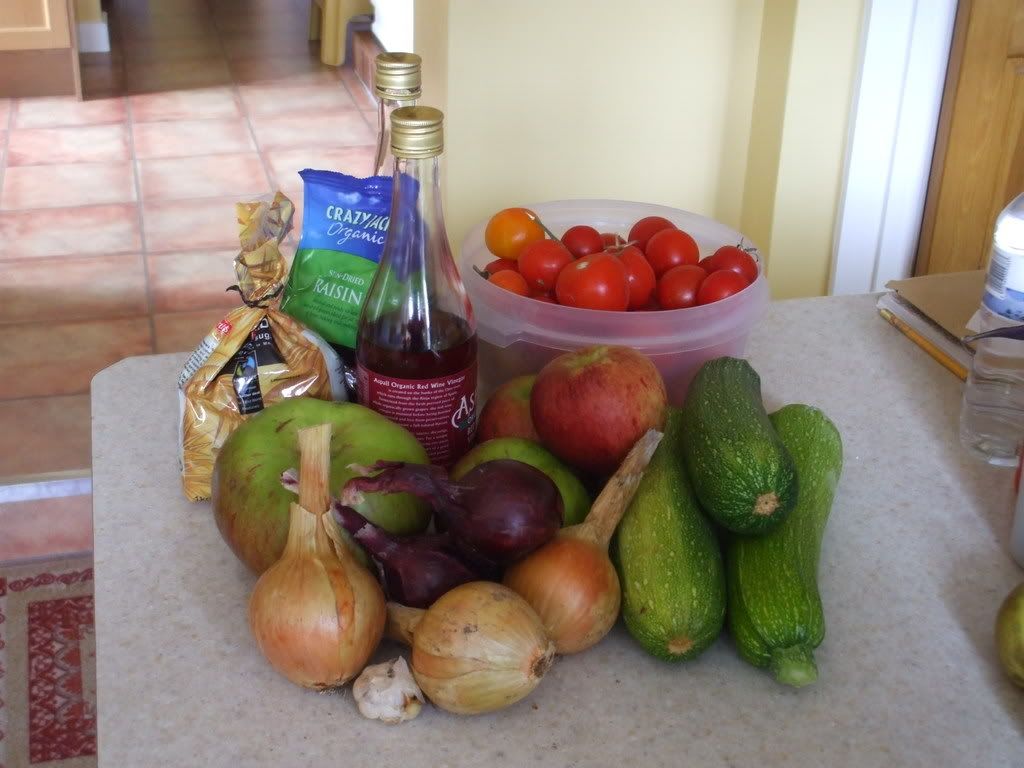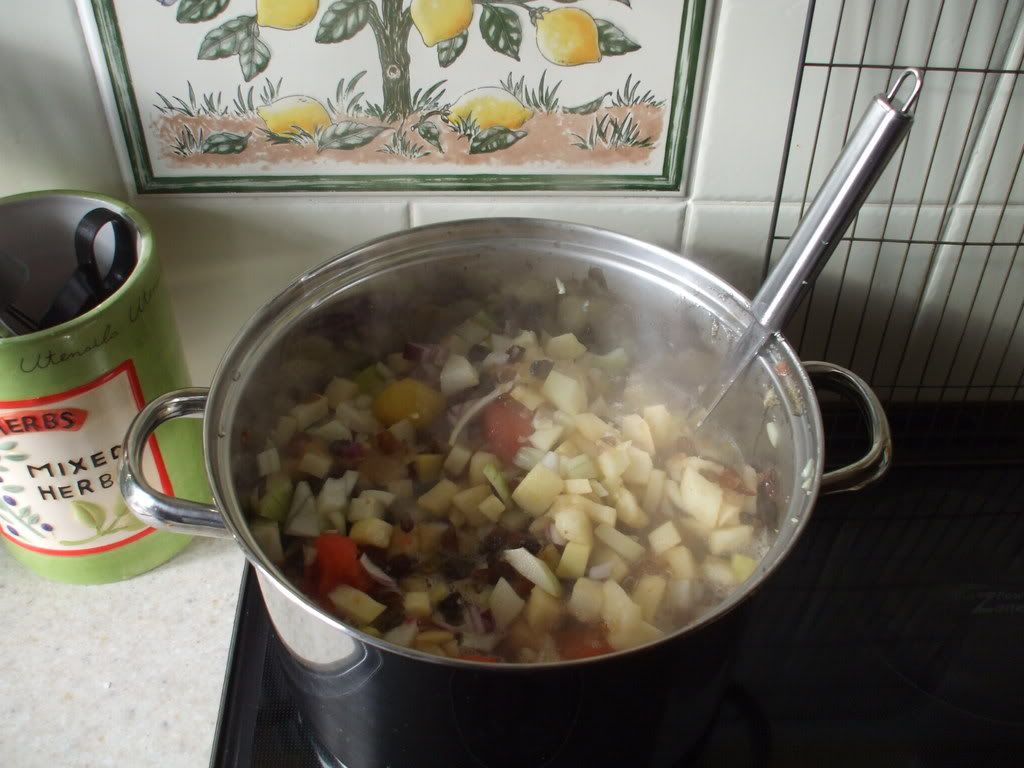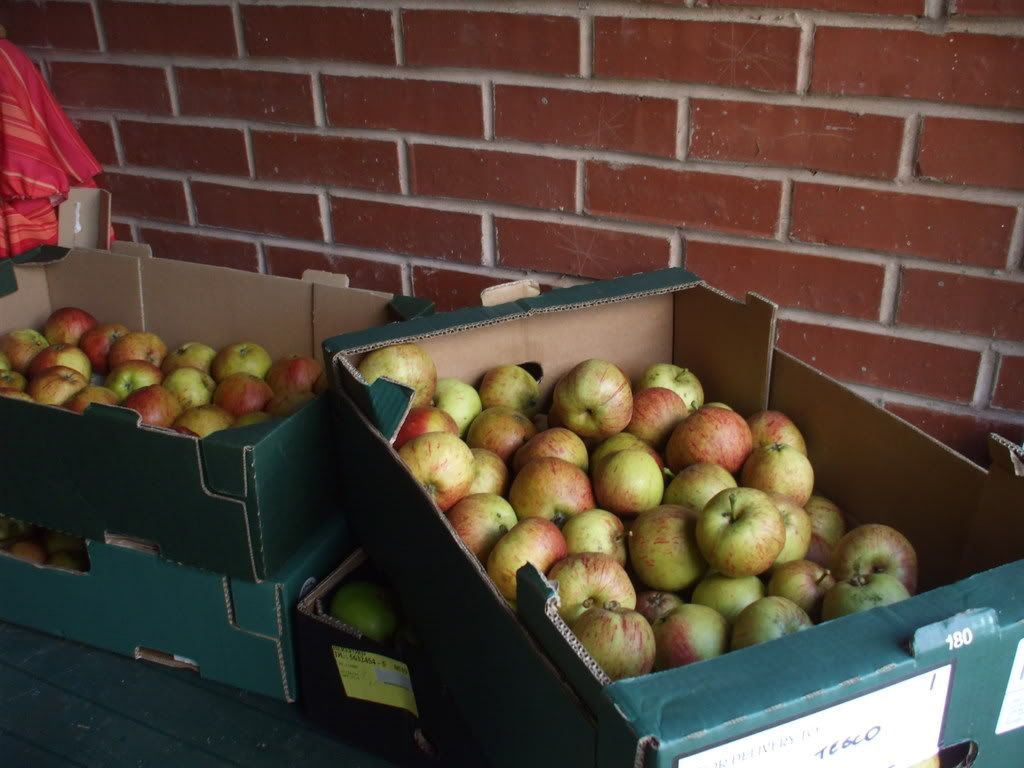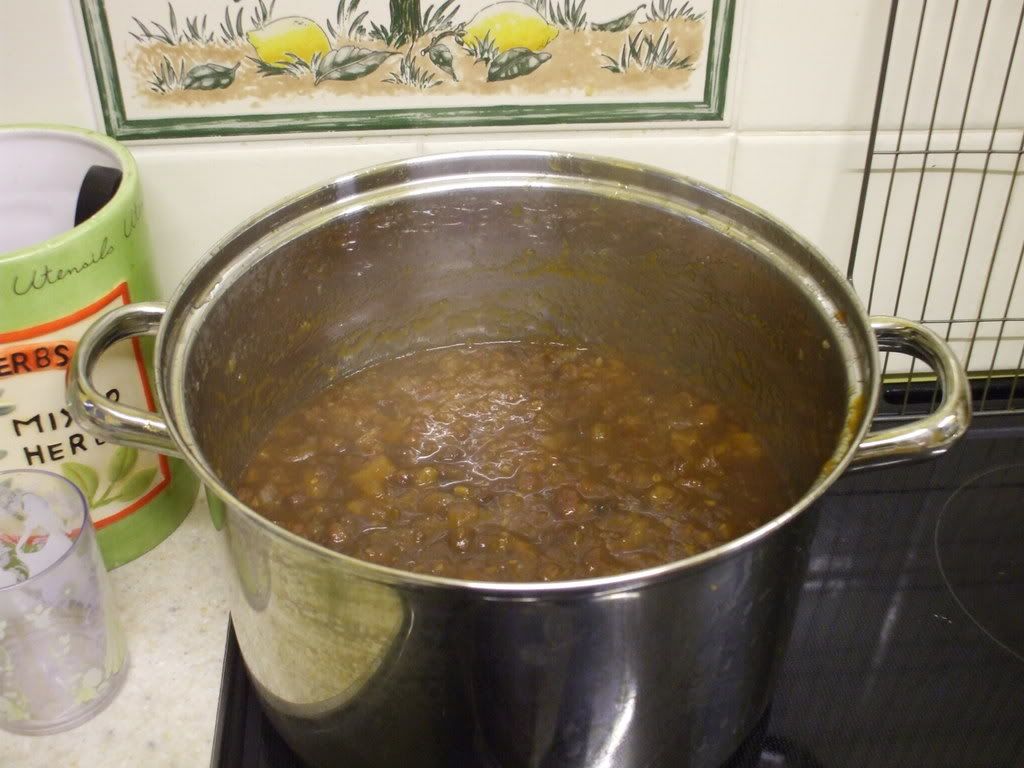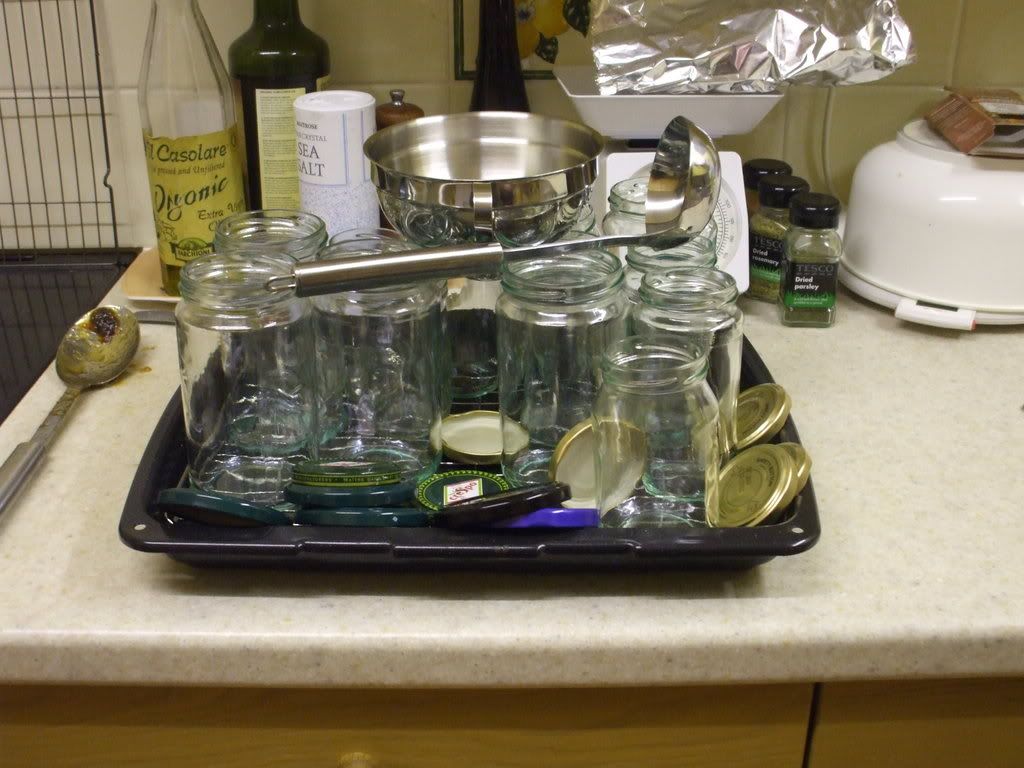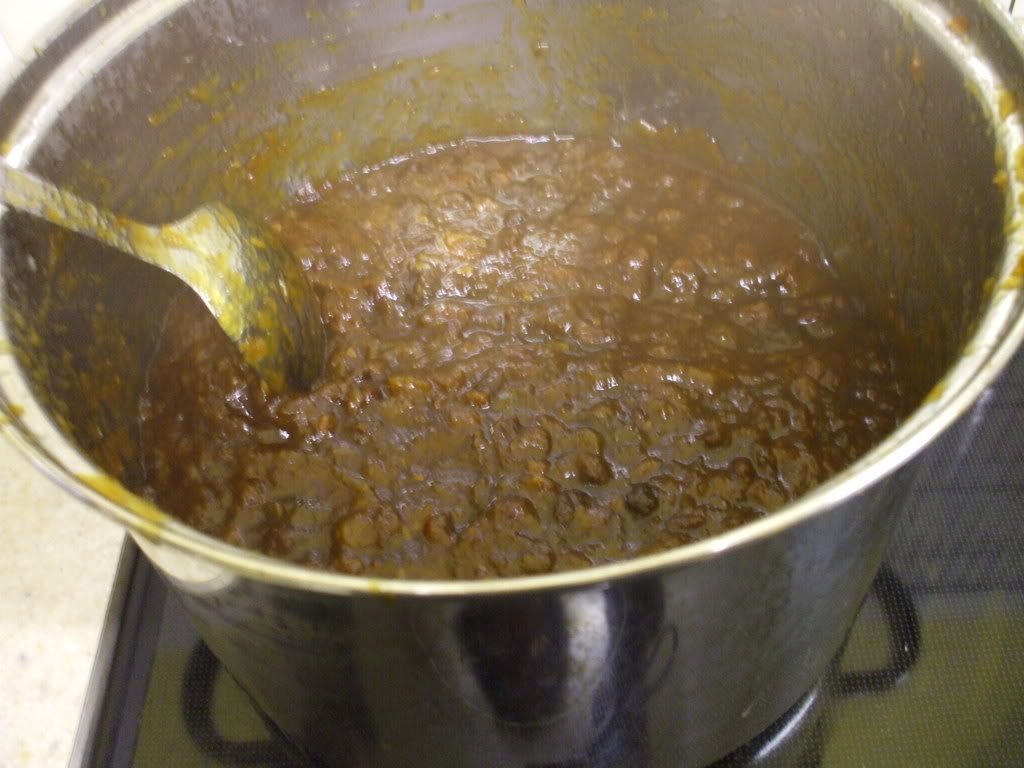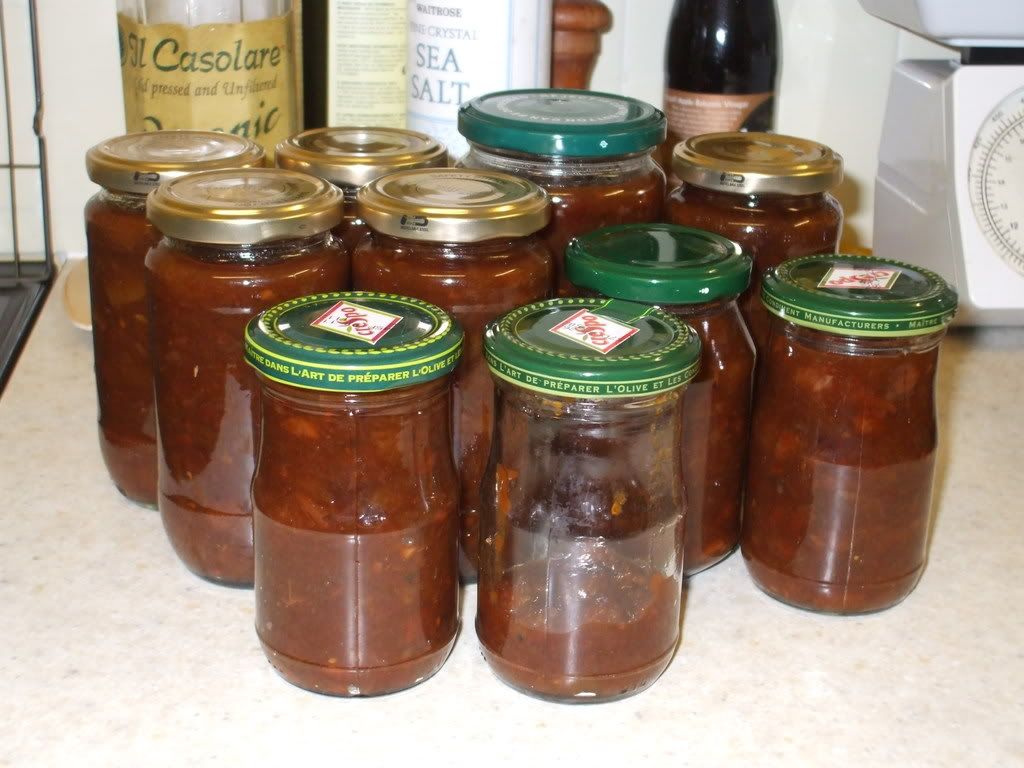As a Master Composter promoting composting in Herefordshire, on behalf of the Council and Garden Organic, I get asked a lot of questions about how to make compost and what to do with it.
So, I am going to post (again) a few posts about composting :-)
Composting your biodegradable, organic waste is great for many reasons. It reduces the size of your waste bin, so means less transport is needed to remove household waste. It gives you fine, homemade compost so you don't need to buy in artificial fertiliser. And it also removes some of the most damaging, greenhouse-gas-causing, waste from landfill sites.
According to CAT
About a third of the waste sent to landfill in the UK is biodegradable organic matter, such as food , paper, cardboard, textiles, and garden waste. In a landfill site, these materials will be broken down by microbes to produce a mixture of carbon dioxide and methane. Methane is a very damaging greenhouse gas - it has over 20 times as much 'global warming potential' as carbon dioxide (by weight). At the moment, about 70% (over two-thirds) of landfill gas is flared off or captured, so a damaging impact will still come from the remaining 30%.
Methane is produced in 'anaerobic' conditions - which means that there is not much oxygen present. The emission to the atmosphere of large amounts of methane can be avoided by not sending lots of biodegradable waste to landfill. Instead, it can be composted at home or at a community level, or sent to a special anaerobic digestion facility, where the bio gas (methane and CO2) can be collected.
Amazingly, by composting all their food, garden and cardboard waste, an average individual would prevent about 5kg of methane per year from landfill, which is equivalent to just over 100kg of carbon dioxide per year.
An average household that composts this waste would prevent emissions of 13kg of methane per year, equivalent to 280kg of carbon dioxide per year (just over one quarter of a tonne of carbon dioxide). By comparison, a small petrol car doing 40mpg will need to travel about 1000 miles to release one quarter of a tonne (250kg) of carbon dioxide, and a small diesel car doing 60mpg will need to travel about 1200 miles to release the same amount.
So...you can see it all makes good environmental and economic sense to make compost!
As regular readers of this blog know, I have been a keen organic gardener and composter for many years and am a Master Composter - a volunteer community compost advisor with my local council and Garden Organic (the working name for HDRA). I go to various events such as county shows, give talks and demonstrations, take school assemblies, lecture, give talks to garden groups and enthuse about compost to all and sundry! I can talk about compost endlessly, I find the whole process fascinating and view compost making as the very heart and soul of gardening.
We garden completely organically here and making compost is at the very heart of all our growing and disposal methods. We take fertility from the earth by growing vegetables and fruit, then we return it to the earth by composting the left over waste and feeding it back to the soil.
Compostman and I make more than 4000 L of compost a year plus what ever is currently cooking in the various compost bins. We use it to grow a huge amount of veg in a quite small space. Our outside veg plot is relatively small at 10 x 14 m,

plus another four of 2 x 3m raised beds but it provides us with veg for most of the year, and has in the past supported us virtually all year round.

The plants in the 4 x 9 m polytunnel are grown in builders buckets of home made growing medium also, made up of home made compost, sand and a bit of soil. I only buy in growing medium (certified organic!) to sow seeds.

I am sure it is all so productive because of all the home made compost we put back into the soil and whenever we dig it all over there are loads of worms and insects.
In my next post I shall share how *I* make compost :-)
